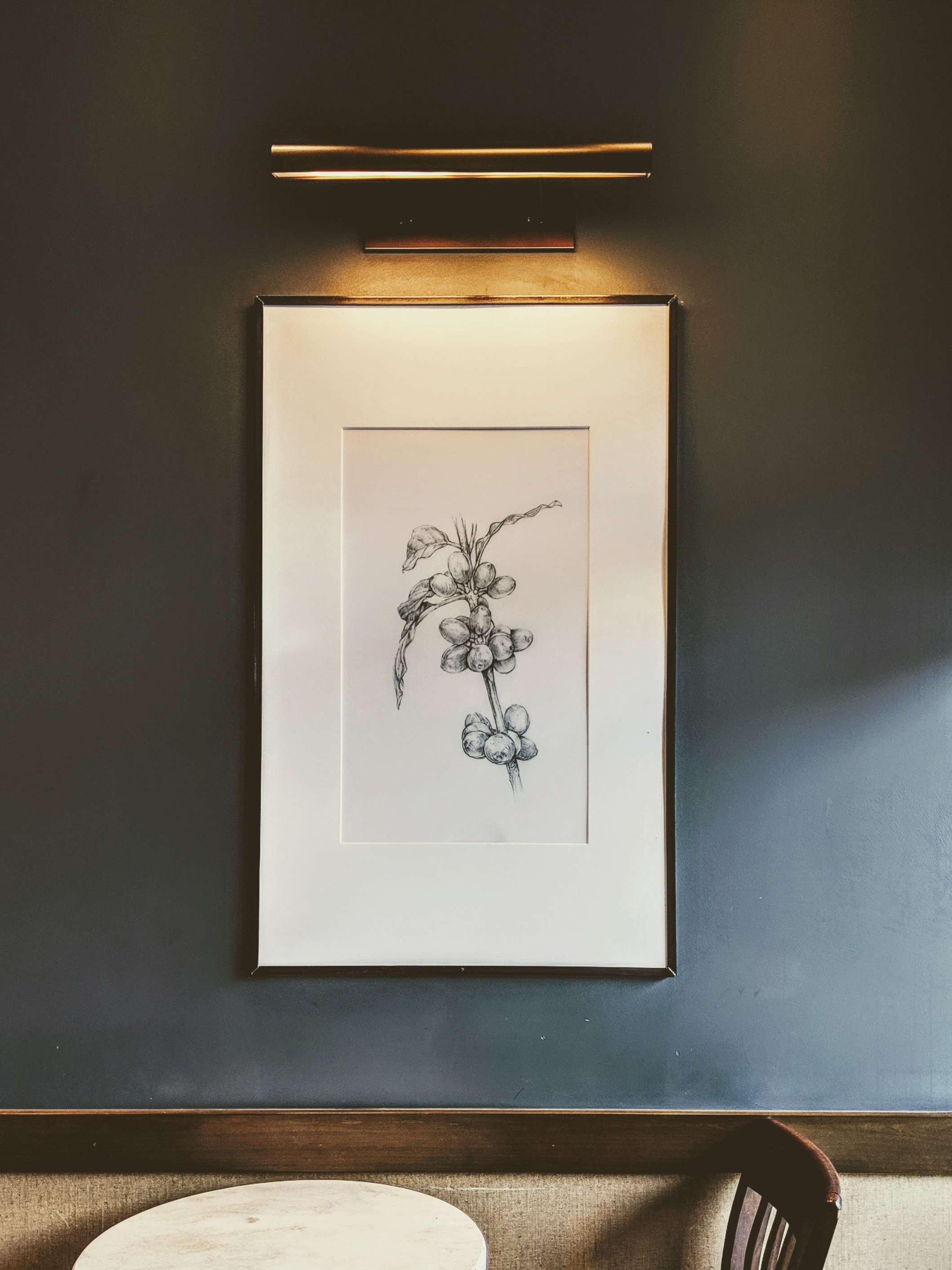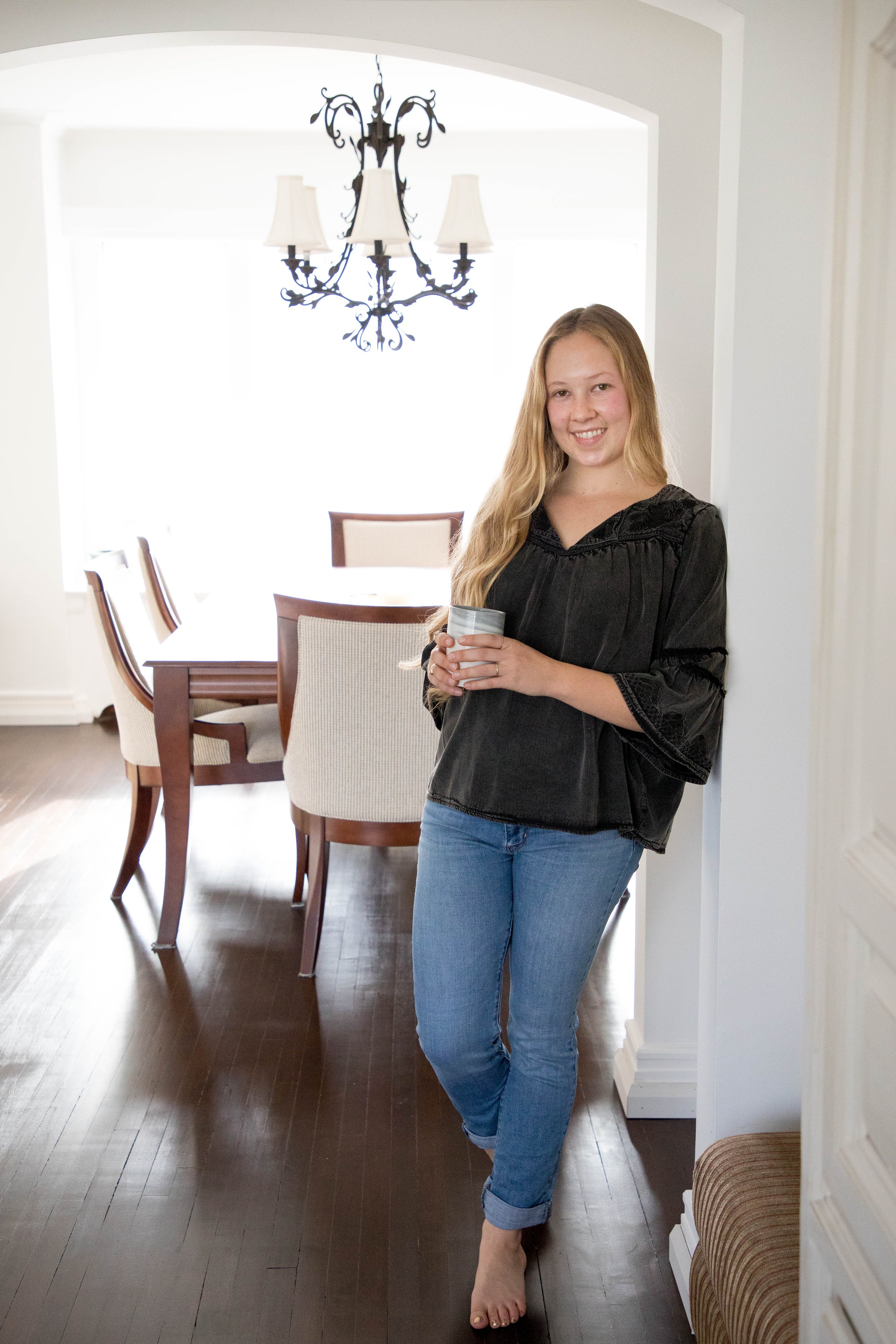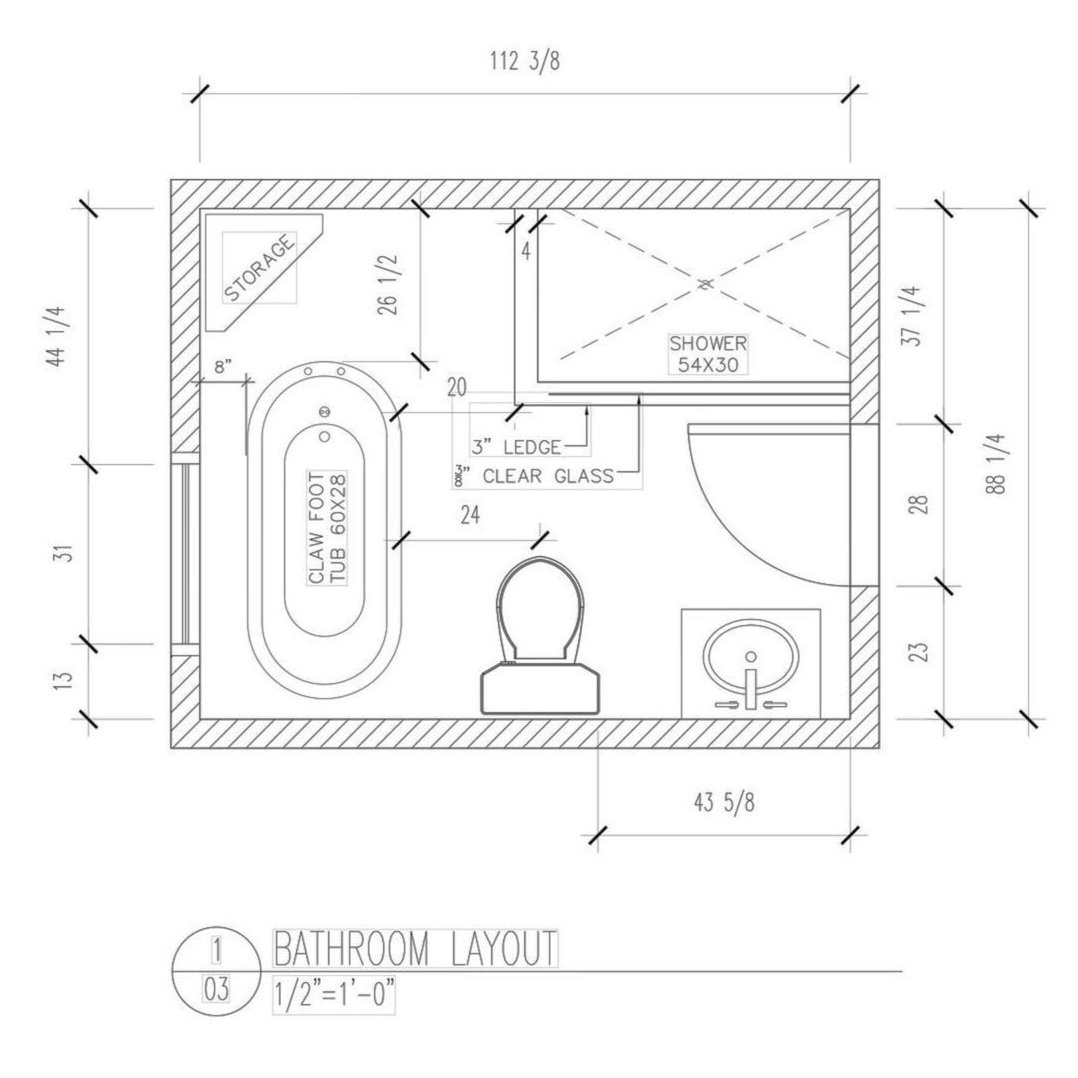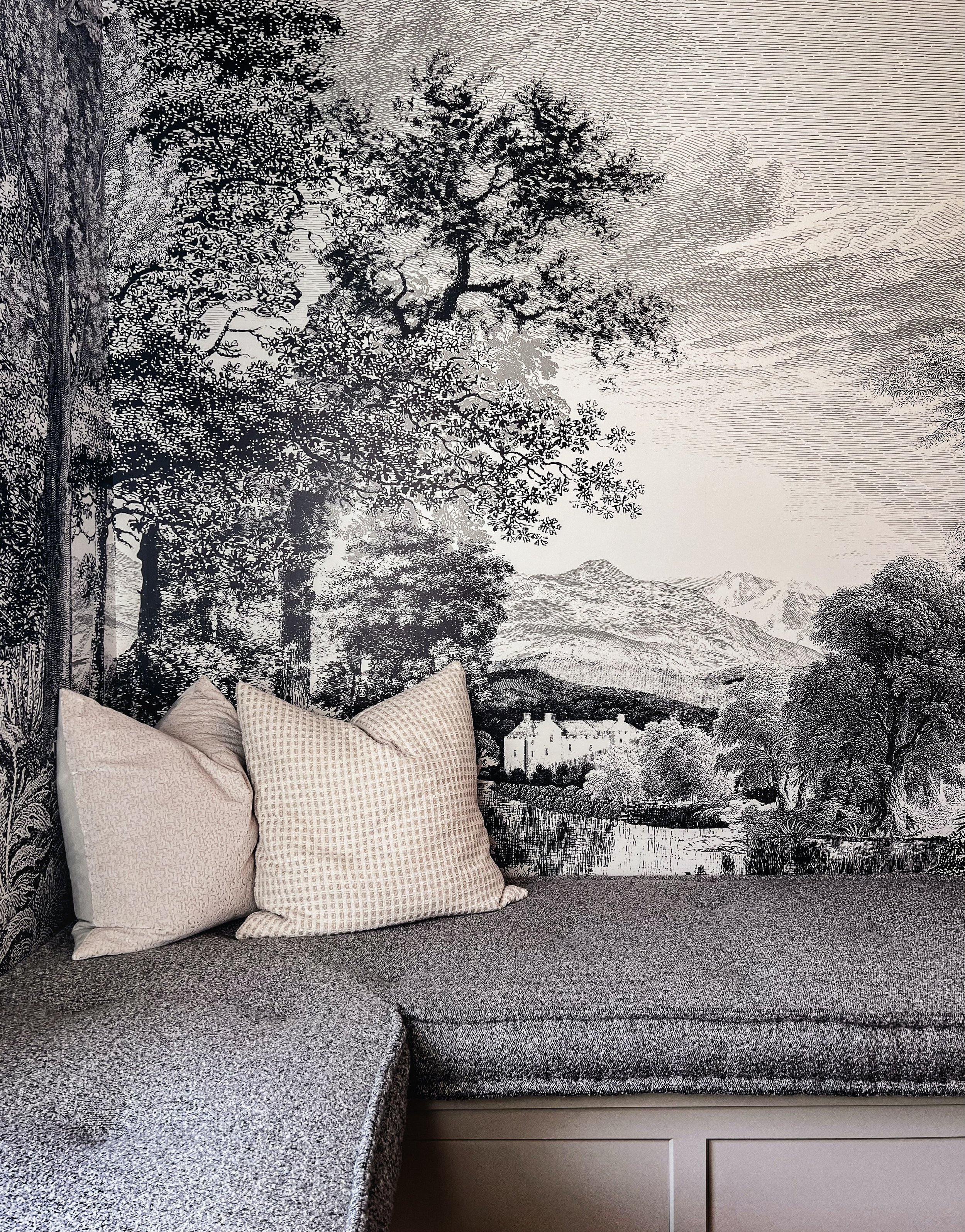Lighting plays a big part in your home’s design. Having the right lighting for your space can make an impact on the overall design of your home.
Lighting also affects us on a deeper level too. The wrong lighting can affect our mood and nervous system.
There’s a few different elements to look for when choosing the right lights from the type of lighting to the color temperature of the lights. Let’s go over everything.
Lighting can be split into three main categories: general lighting, task lighting and accent lighting. Layering all three of these types of lighting will create a properly lit space.
Here’s a breakdown of each category:
general/ambiant lighting
General or ambient lighting will light up an entire space and it’s usually the main lights you use to light up a space. Recessed pot lights are often used for general lighting. Track lights or semi flush mount fixtures are also used.
task lighting
Task lighting is used for more specific purposes and it helps you reduce stains on your eyes. Task lighting is especially important in the kitchen and bathroom.
In the kitchen, under cabinet lighting can be installed to provide more light on the counter for preparing food. In the bathroom, wall mounted sconces on each side of the mirror will highlight your face and eliminate shadows.
accent lighting
Accent lighting is used for decorative purposes unlike general and task lighting. Accent lighting adds style to a space and creates an atmosphere. Spotlights shining on your library will create a relaxing mood. A simple picture light will showcase a piece of artwork on your wall.
Dimmers
Using a dimmer can change the atmosphere of a room as well. Depending on the time of day, what you are using the space for and what mood you want to create, the time of lighting you want to achieve might vary from room to room. A dimmer switch will allow you to adjust the amount of lighting you want.
Lighting Color
Lastly, you must consider the lighting color. If bright lights have ever bothered your eyes you'll want to keep reading.
Color temperature is measured in kelvins and white lights fall into three main categories: Warm light, neural light and cool light.
1500K to 3500K is what I always recommend for the lighting temperature in your home. A soft, warm light to a neutral standard white light for general lighting is the perfect range to stay in. Color temperatures that range from 4100K to 5100K give a bright white and cooler light which can create the wrong atmosphere in your home.
The goal with lighting is to make your home comfortable, safe and functional. A certain feeling can also be created with lighting and by layering the three types of lighting, using dimmers where needed and understanding lighting colors you can create a beautiful lighting design in your home.
Get lighting right
For more information and guidance with lighting your space:

































































